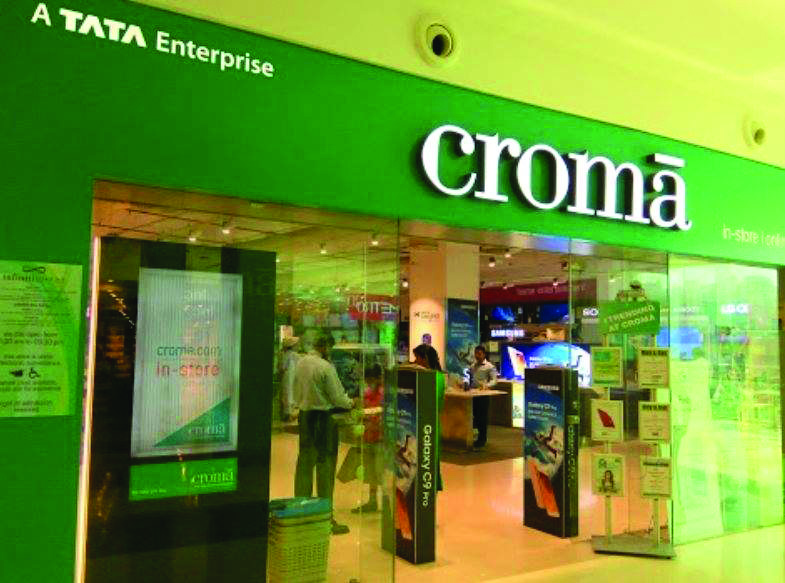Availability of easy finance schemes at low-cost or zero-cost EMIs from NBFCs and banks – such as Bajaj Finance, IDFC First Bank, and HDFC Bank – have helped improve financial penetration
The size of the consumer durables industry (only large home appliances) stands at c.Rs 900bn. Of this, TVs contribute the maximum at 33%, followed by refrigerators at 31%, air conditioners at 17%, washing machines at 13%, and air coolers at 5%. While the industry’s CAGR over FY12-19 has been a robust c.15%, the financed book that caters to this industry has seen an even more rapid pace of 32% CAGR, driving finance penetration to 30% in FY19 from just 13% in FY12. A large part of this growth has come from urban markets, which contribute c.65% of the total business.
Up to the end of last decade, a large part of consumer durable purchases used to be either in cash or via upfront payments through credit or debit cards, as banks’ traditional loan schemes were quite tedious, and tardy in terms of delivery of finance. However, with NBFCs expanding their reach beyond metros and becoming quite customer friendly in terms of cost, speed, and documentation (lesser), many more customers started opting for finance schemes.


Interaction with participants across the value chain – viz. retailers, consumers, and OEMs, revealed the following reasons for rising preference for finance schemes:

Subscribe to enjoy uninterrupted access